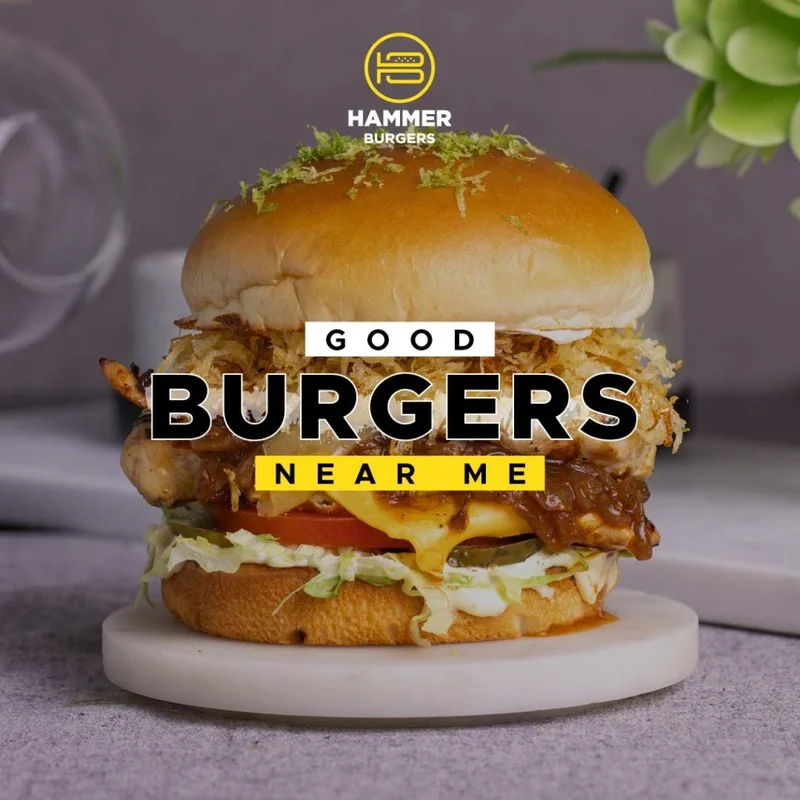Every year, as the calendar turns towards May, a predictable pattern emerges in the media ecosystem. You can almost set your watch to it. The articles begin to populate our feeds, filled with images of perfectly cross-hatched burger patties sizzling over open flames. The sound is implied—that sharp, satisfying hiss of fat meeting superheated metal. This is the great American grill-o-rama, a cultural ritual packaged as culinary advice.
But what if the foundational premise of this ritual is flawed? What if the central belief—that a grill is the optimal tool for cooking a burger—is based not on physics, but on marketing and nostalgia? Restaurateur David Chang, founder of Momofuku, recently explained on his podcast Why David Chang Believes Burgers Should Never Touch The Grill, arguing that the entire concept is, to put it mildly, a categorical error.
His claim that burgers should never touch a grill is a disruptive data point in a sea of homogenous consensus. For anyone who has ever felt a pang of FOMO for not owning a grill, or for living in an apartment without a yard, Chang’s argument isn’t just contrarian—it’s a potential paradigm shift. And when I encounter a claim that so directly contradicts a universally accepted "truth," my first instinct is to examine the underlying variables.
Deconstructing the "Smoky Flavor" Variable
Chang’s primary target is the most frequently cited benefit of grilling: the impartation of a "smoky flavor." This is where the marketing narrative collides with the simple physics of cooking. He correctly identifies that for any meaningful smoke flavor to penetrate meat, you need time. A lot of time. True barbecue, the kind that produces a genuine smoke ring and deep flavor, is a low-and-slow process measured in hours, not minutes.
A burger patty, on the other hand, is a high-heat, short-duration event. The average burger is cooked for about 8 minutes—or to be more exact, somewhere between 6 and 10 minutes depending on thickness and desired doneness. The notion that significant smoke penetration from charcoal or wood can occur in this timeframe is, from a chemical standpoint, illogical.
To understand why, think of flavor infusion as a process of absorption. A slow-cooked brisket is like a sponge submerged in water, gradually soaking up the smoke compounds (guaiacol and syringol, primarily) over an entire day. A grilled burger is more like a stone skipped across the surface of a lake. There's contact, sure, but it's too brief and too violent for any meaningful absorption. The "flavor" Chang claims is being imparted is something else entirely. As he states, "The only flavor that's being imparted is the carbonized crap that's on the grill."

He's referring to the residue from previous cooking sessions, the bits of fat and protein that have been heated, cooled, and reheated into a layer of carbon. This isn't "smoke." It's char. And while some may enjoy the taste of char, we must be precise with our terminology. Calling it "smoky flavor" is a categorical mislabeling of the input variable. So the first question we must ask is: are we optimizing for smoke, or are we simply accustomed to the taste of burnt residue?
Maximizing the Correct Metric: The Maillard Reaction
If grilling is an inefficient system for delivering smoke flavor, what is the correct system for delivering the flavor we actually want in a burger? The answer is the Maillard reaction, the complex cascade of chemical changes between amino acids and reducing sugars that creates the deep, savory, browned crust on cooked meat. This reaction is the primary driver of desirable flavor in a burger.
This is where the grill fails on a fundamental, mechanical level. A grill grate, by its very design, minimizes the amount of surface area contact between the heat source and the meat. Those coveted grill marks? They are evidence of inefficiency. They represent the only points where a significant Maillard reaction is occurring, leaving the valleys in between relatively un-browned and steamed. The total contact area on a standard grill is surprisingly low (often less than 30% of the patty's surface).
Now, contrast that with a flat-top griddle or a simple cast-iron pan. Here, the entire surface of the burger patty is in direct, continuous contact with the hot metal. This maximizes the Maillard reaction across 100% of the surface, creating a uniform, deeply browned, and intensely flavorful crust. This isn't an opinion; it's a matter of quantifiable surface area. The smash burger, which has seen a meteoric rise in popularity, is the logical endpoint of this principle: by maximizing pressure and surface contact, it optimizes for the Maillard reaction above all else.
I've analyzed process efficiency in various sectors, from supply chains to software development, and the core principle is universal: you identify your primary value-driver and you configure your system to maximize its output. In the context of a burger, the value-driver is the Maillard crust. Grilling is an inherently inefficient system for producing it. Why would anyone choose a tool that intentionally underperforms on the most critical metric?
The Data Favors the Griddle
Let’s be clear. David Chang’s argument isn’t just a chef’s preference. It is a conclusion rooted in the first principles of chemistry and physics. The cultural narrative of the backyard grill—the sizzle, the open flame, the communal gathering—is a powerful piece of marketing. It sells grills, it sells charcoal, and it sells a nostalgic vision of American summer. But it doesn't sell a better burger.
The data is unambiguous. If your objective function is to maximize flavor, the optimal tool is a flat, conductive surface that provides wall-to-wall contact. The grill is a system designed to produce aesthetically pleasing lines at the expense of the Maillard reaction. It introduces flavor not from "smoke," but from the carbonized remnants of past meals. The choice to grill a burger is an emotional one, not a rational one. It's a vote for tradition over performance. And in any system I analyze, tradition is the enemy of optimization.
